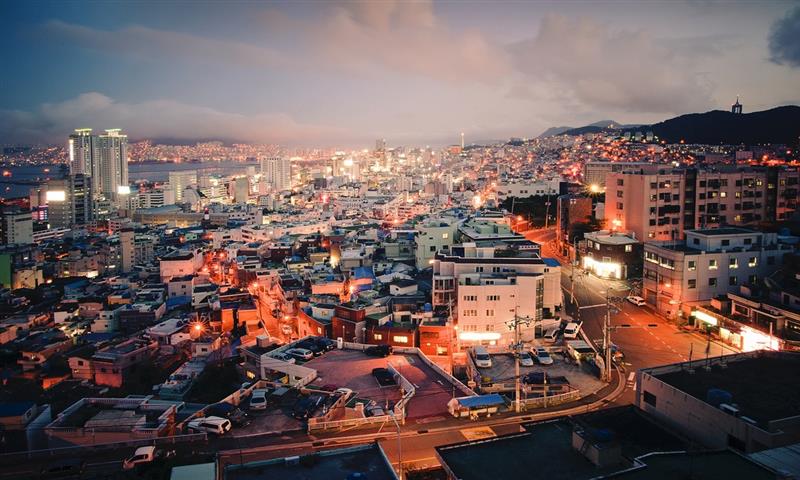
One billion people currently experience some form of disability. The World Health Organisation (WHO) has predicted that the number of people aged 60 years and older will reach two billion by 2050, therefore we need to pay attention to accessibility for, and inclusion of, women with disabilities and older women. During the 61st Commission on the Status of Women (CSW61) a side event titled ‘Accessible Cities and the Needs of Women with Disabilities and Older Women’, took place on 15 March at United Nations Headquarters.
As women with disabilities and older women try to meet basic needs of life, they face multiple levels discrimination and exclusion based on an intersection of their age, gender, vulnerability and lack of assistance of care. This reality is particularly true for those women with disabilities and older women who live in urban areas where cities are fast paced and constantly expanding.
According to Ms. Elke Ferner, Parliamentary State Secretary in the Federal Ministry of Family, Senior Citizens, Women and Youth of Germany, everyone, including women with disabilities and older women, should be able to fully participate in their social life.
Also in attendance was Ms. Astrid Hurley from DESA’s Division for Social Policy and Development. She highlighted the many roles women with disabilities fill in society: mothers; daughters; sisters; doctors; teachers; and many more. Given these diverse and critical contributions, accessible cites do not only serve to meet the needs of women with disabilities, but also promises a better and more fruitful society for all. In other words, accessibility and inclusion make moral sense, business sense and common sense.
So what exactly constitutes an accessible city? Many speakers made the point that accessibility is not just about access to buildings, but also access to services, goods, technology and the social environment. Ms. Stephanie Ortoleva, Founder and President of Women Enabled International, focused her comments on effective transportation systems as one key component of an accessible city. Equal access to transportation is also mentioned in Article 9 of the United Nations Convention on the Rights of Persons with Disabilities (UNCRPD) .
By readdressing the ways in which cities are planned, governed and managed we could become one step closer to achieving the Sustainable Development Goals (SDGs) of good health and well-being (SDG 3), gender equality (SDG 5) and reduced inequalities (SDG 10). Everyone can play their part.
Ms. Hurley referred to the 2030 Agenda for Sustainable Development and the New Urban Agenda as two examples of powerful tools that can be impressed upon policy makers to remind them of their commitments. These international agreements also provide a standard against which policies can be analysed, ensuring that they are based on a holistic, people centred approach.
There is evidence of good practice. In India for example, where there are more than 44 million vulnerable widows, there are two noteworthy interventions. The first trains women to become professional drivers, promoting both their economic empowerment and offering safe and secure mobility for women. The second involves a fleet of pink and white taxis driven only by female drivers and available only to female passengers.
Although progress has been made in countries like India and Germany, there is still a lot more to do to ensure that the quality of one’s life is not determined by one’s level of mobility. Achieving this requires significant public and political will. However, what is perhaps most important and what was advocated by all panellists and members of the audience, is that any decision related to accessible cities and inclusion needs to be of, by, for and with women with disabilities and older women around the world.
To learn more about DSPD's work on disability issues click here.
SOURCE: UNDESA DSPD
 Welcome to the United Nations
Welcome to the United Nations